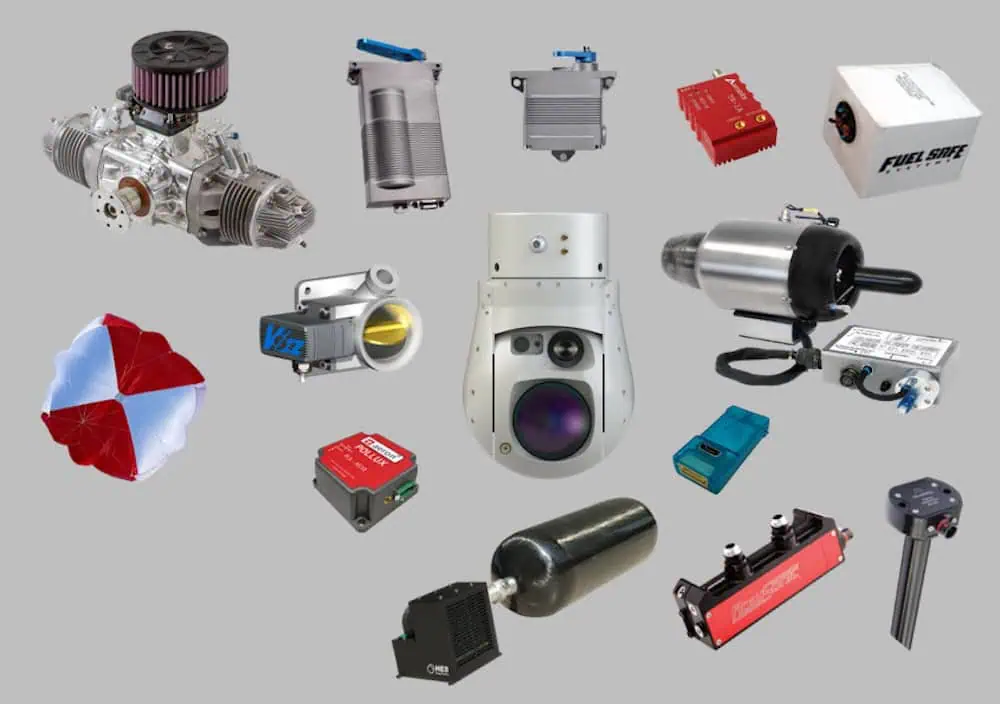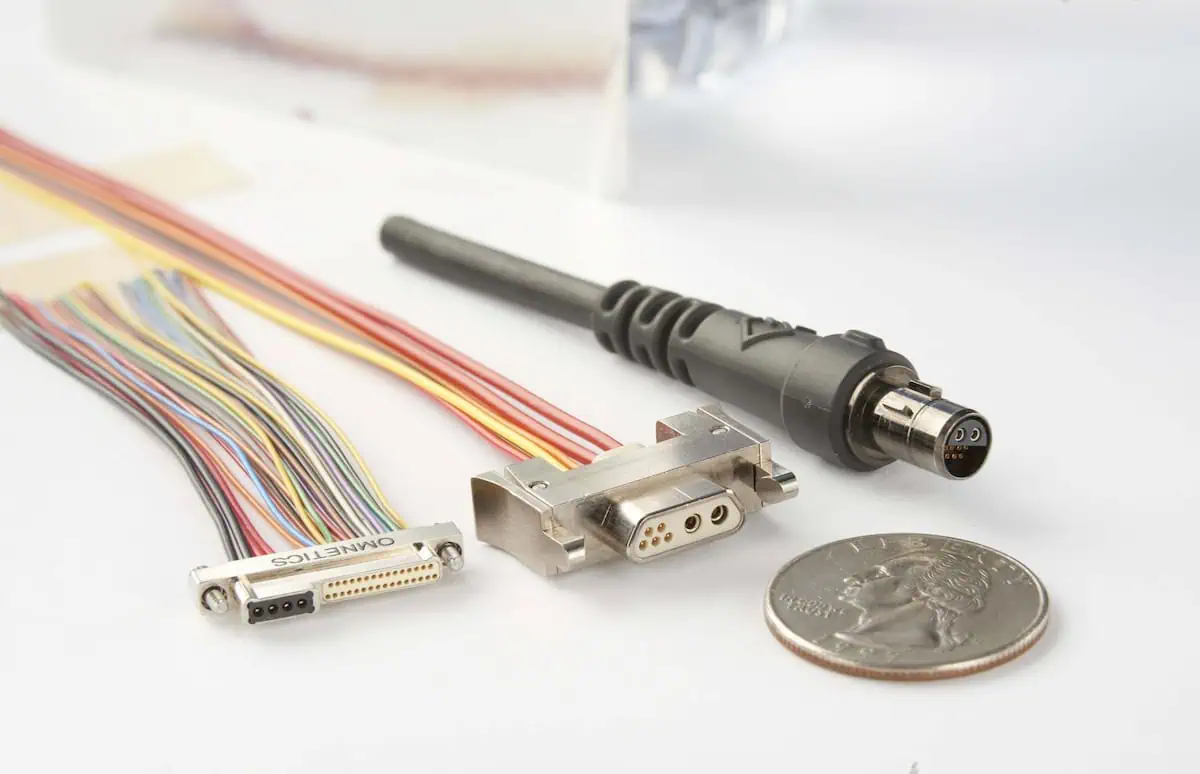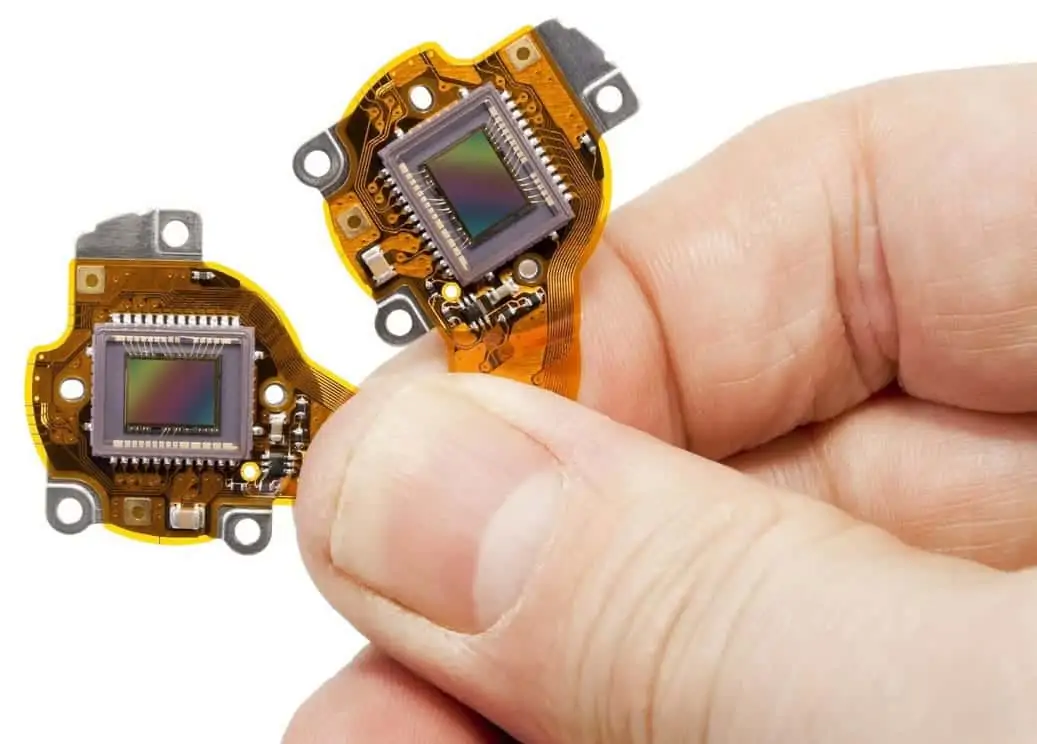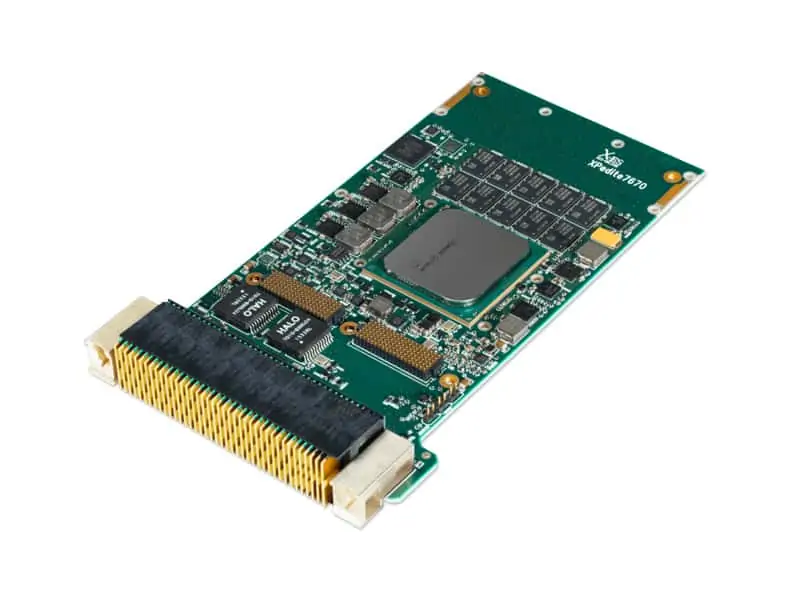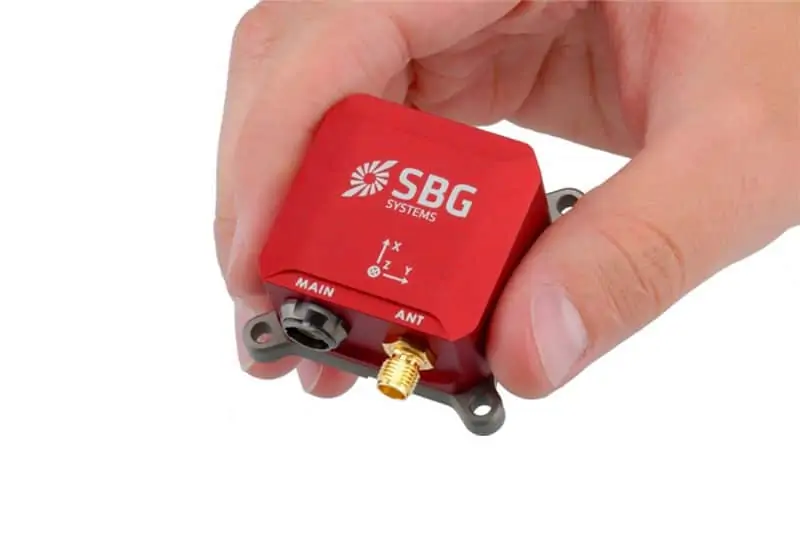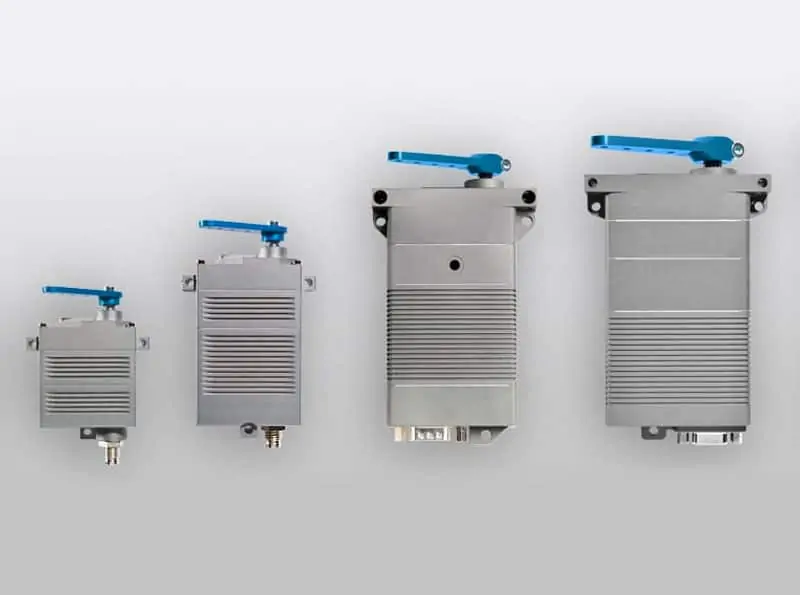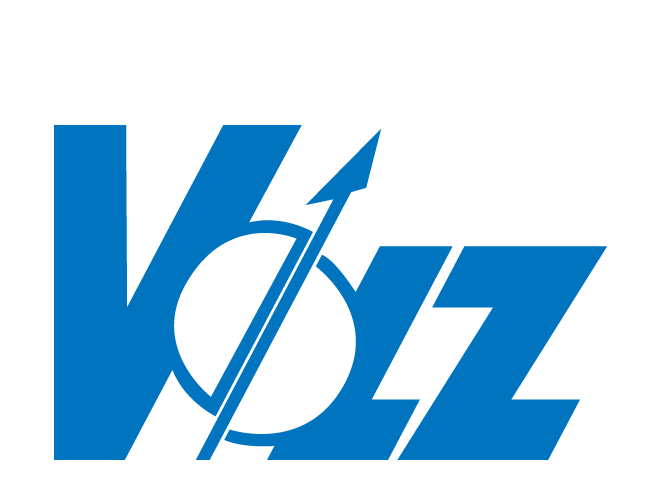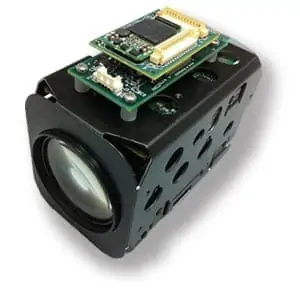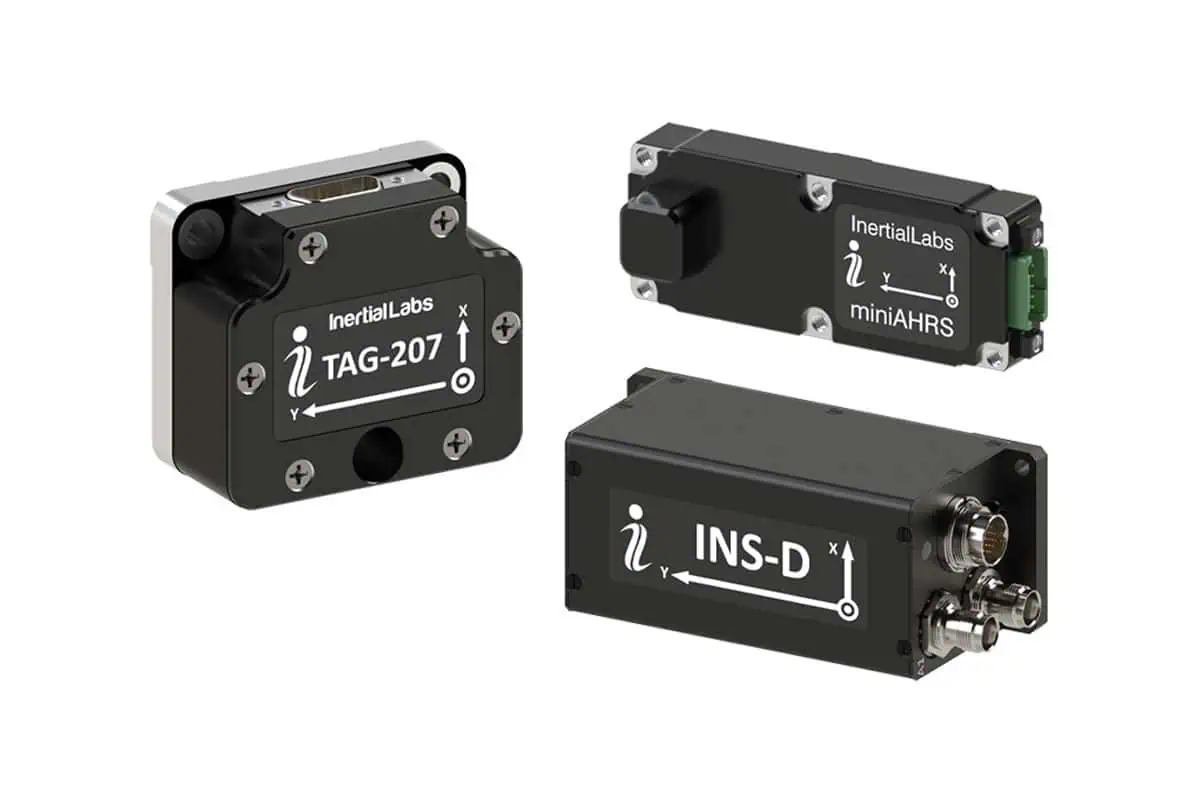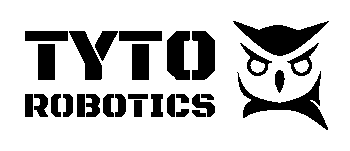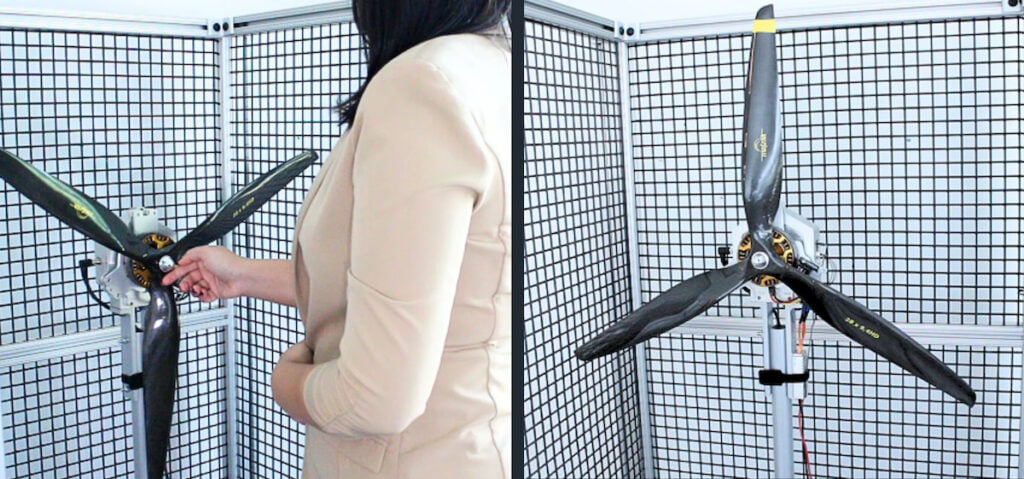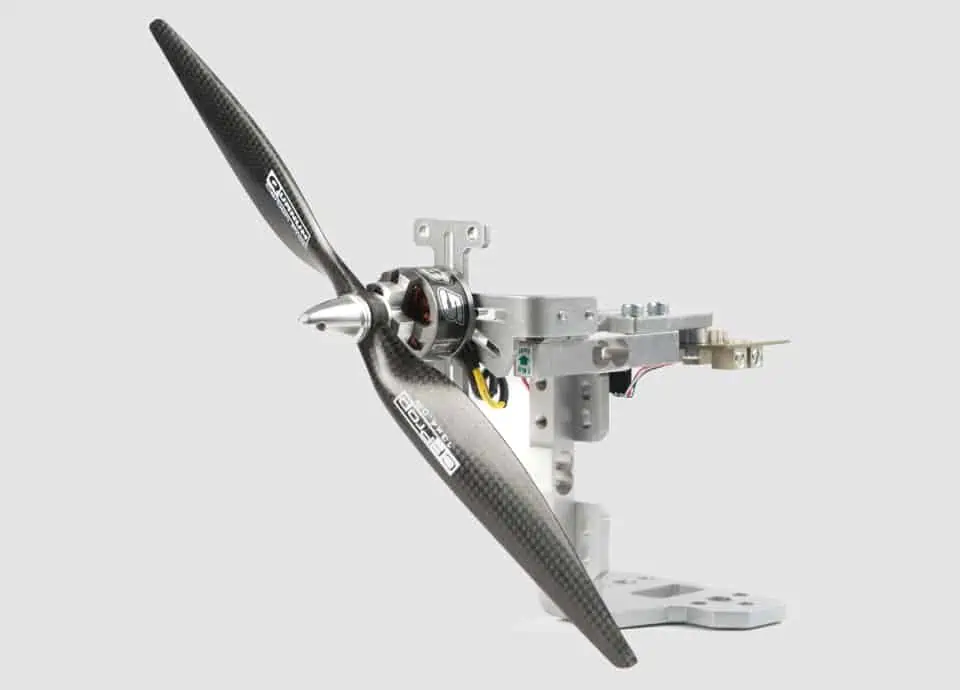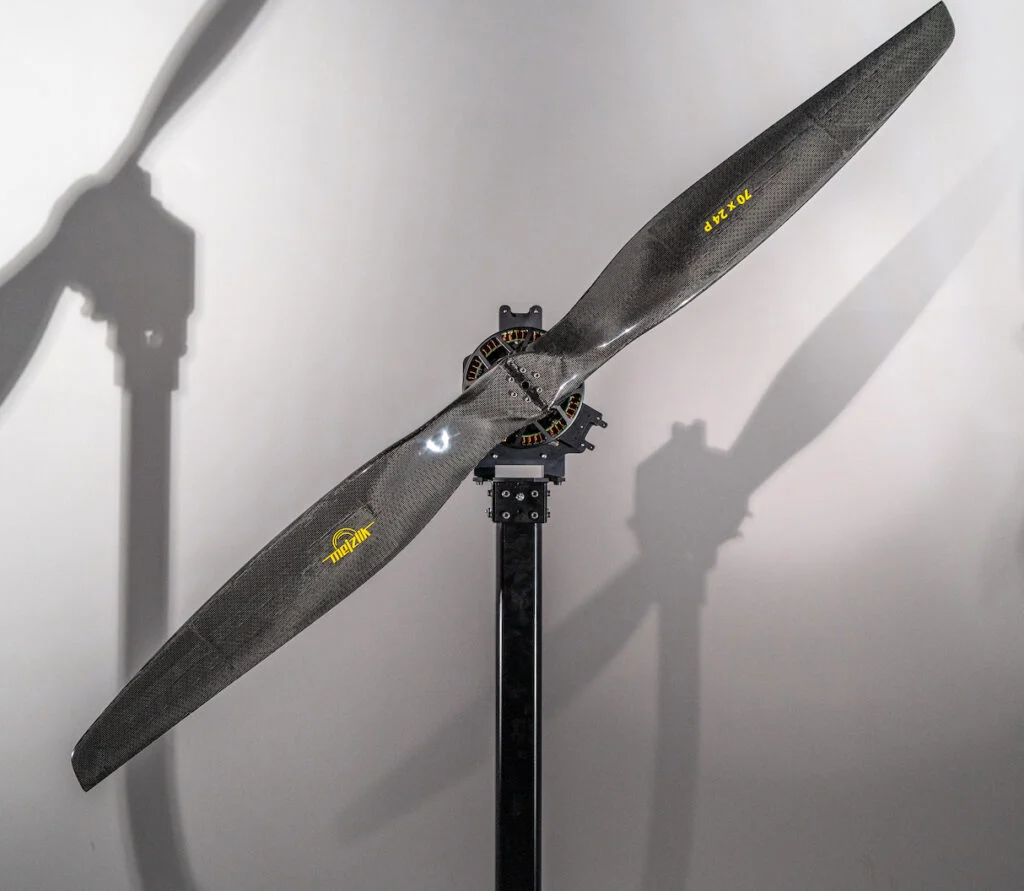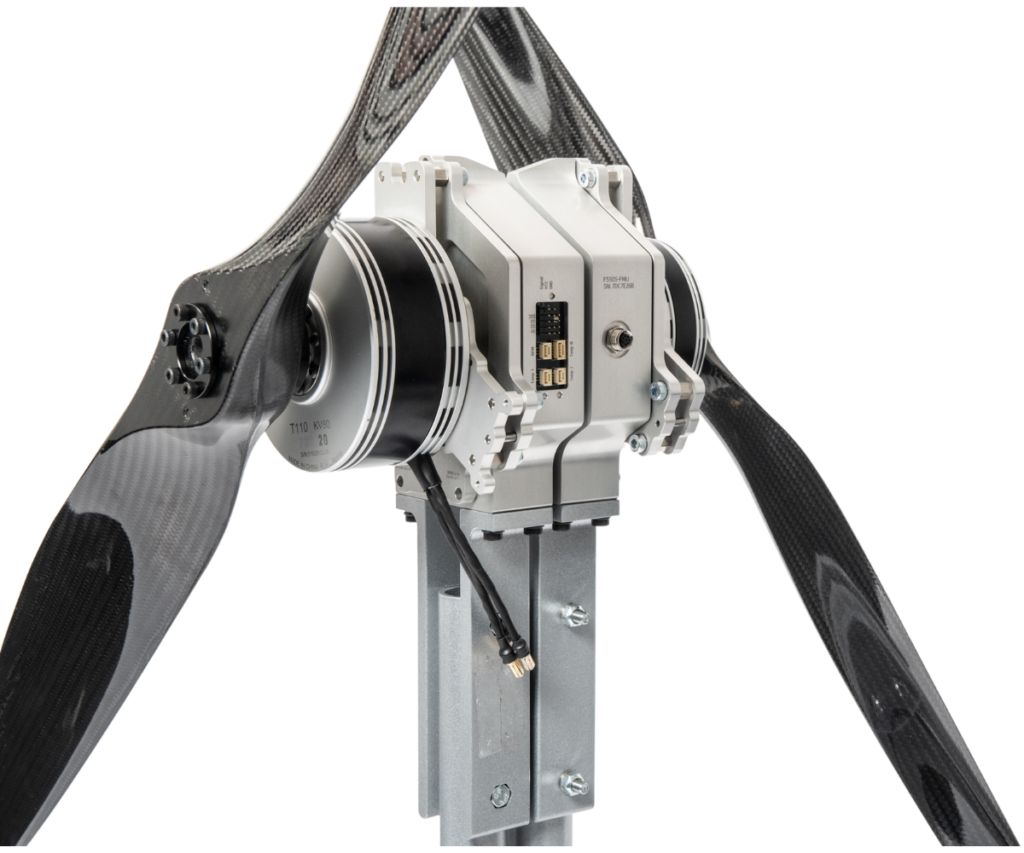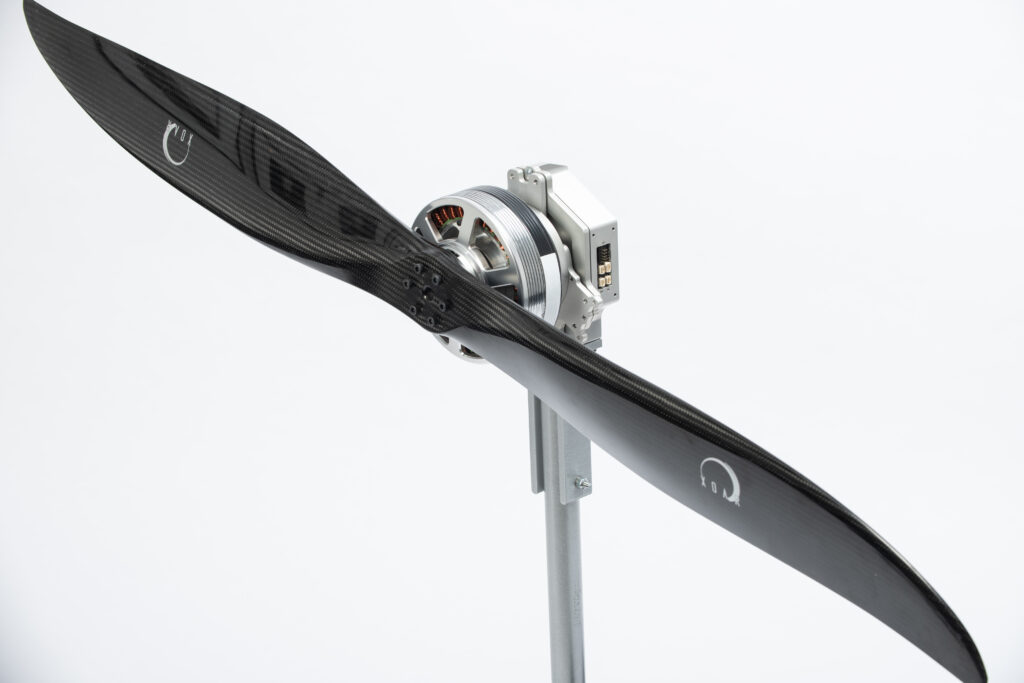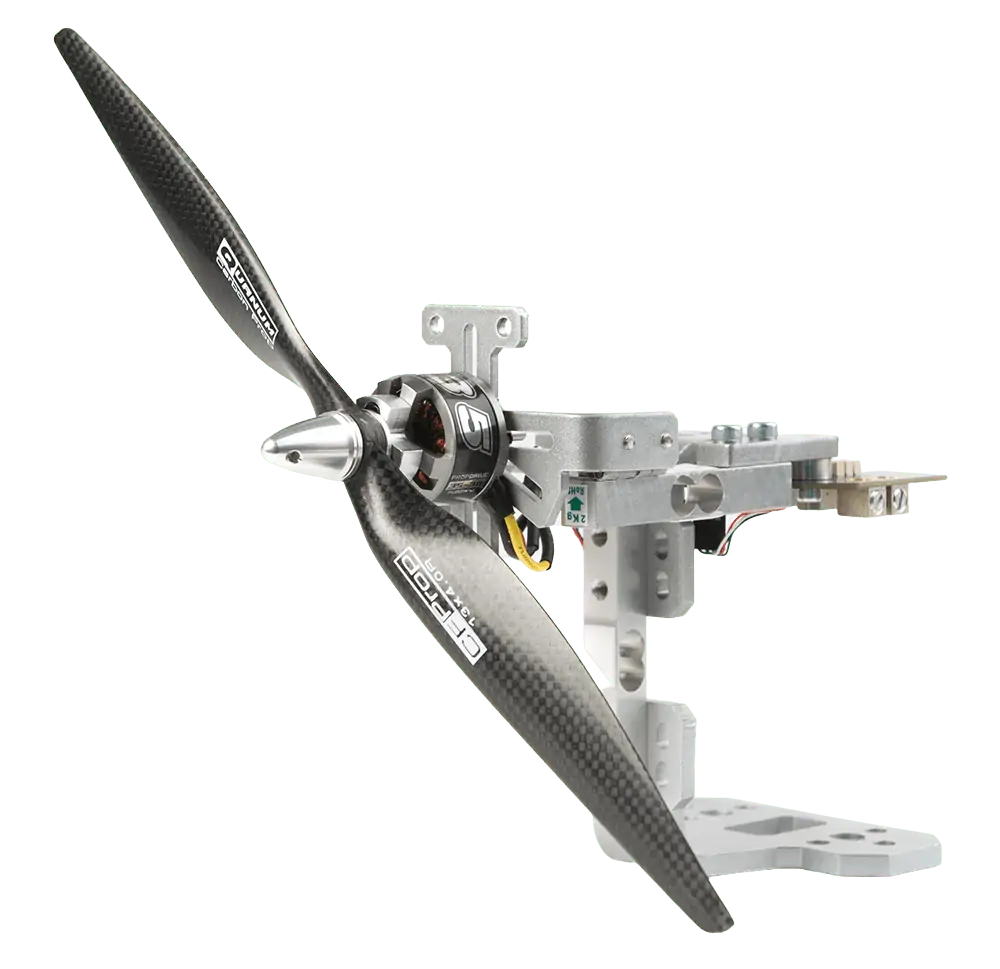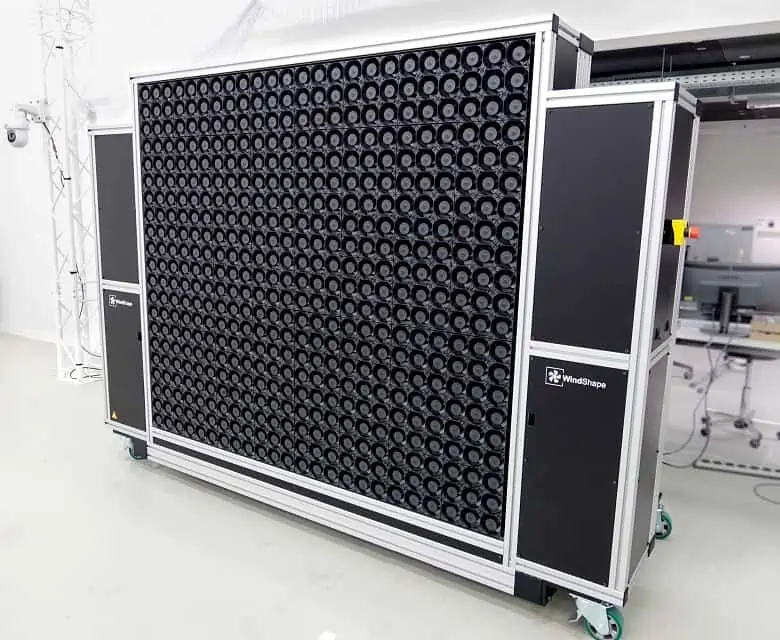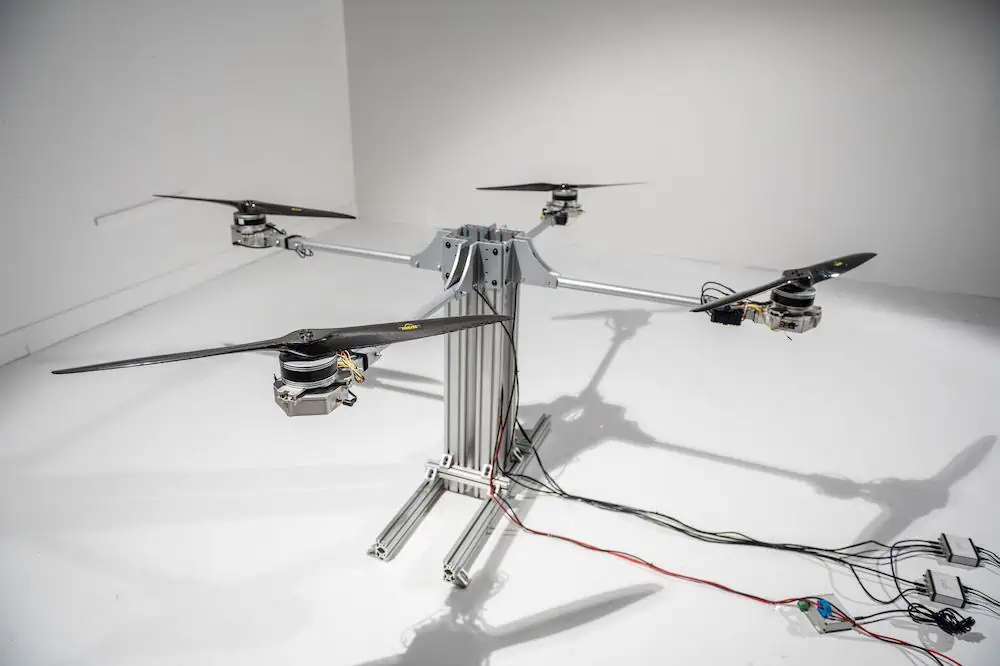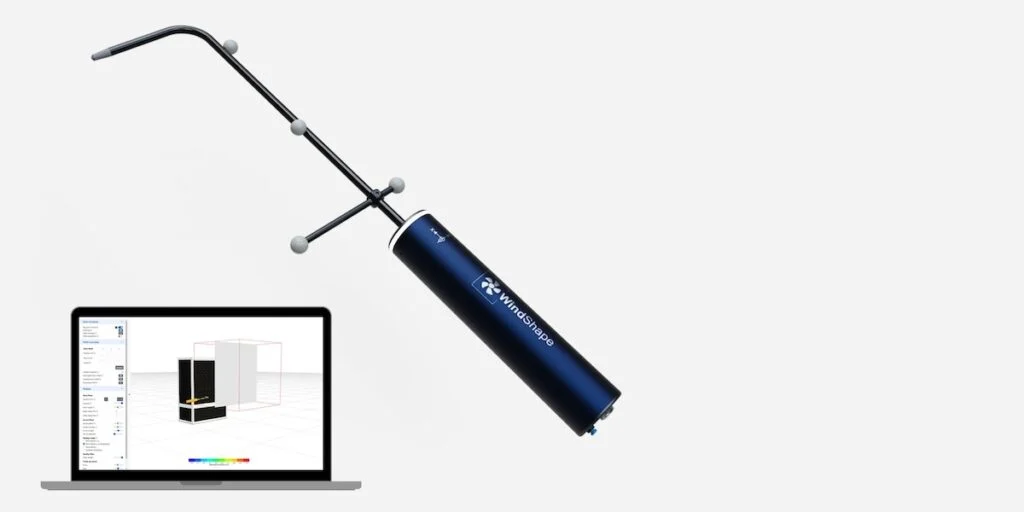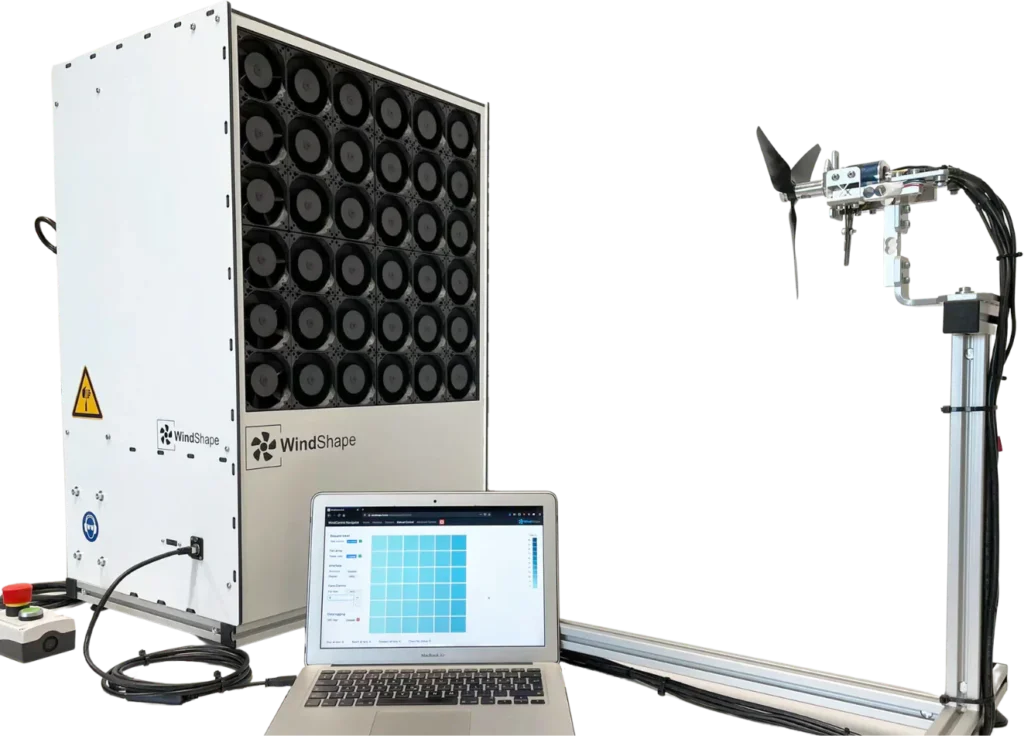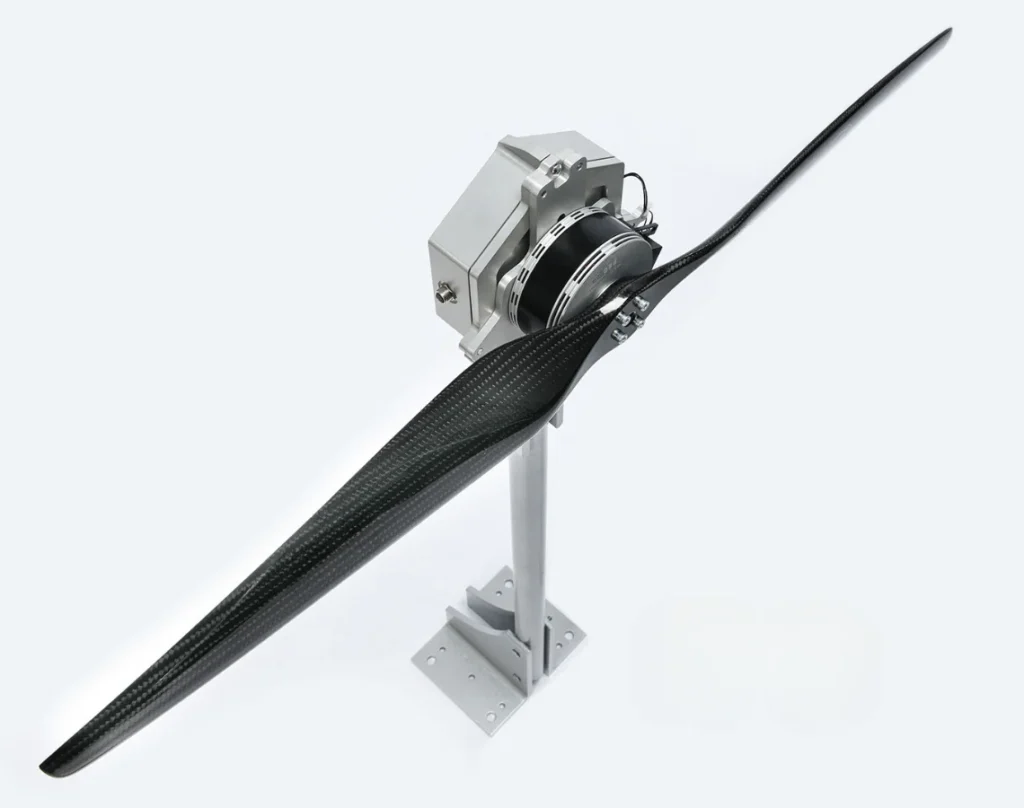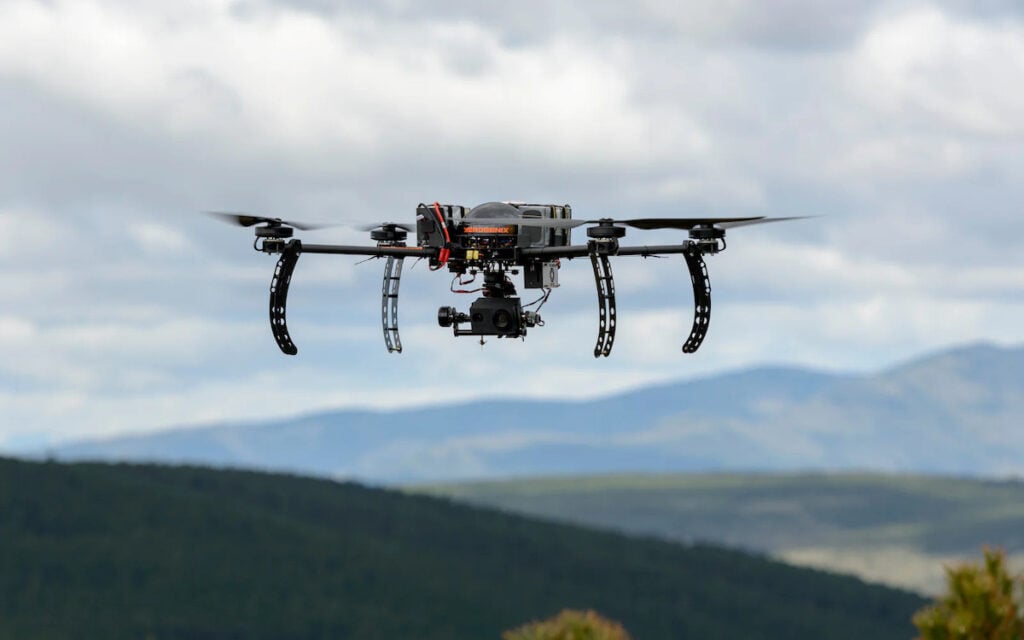
Tyto Robotics has released a whitepaper titled “Consequences of Propeller Imbalance on UAV Performance,” detailing how propeller imbalances affect unmanned aerial vehicle (UAV) noise generation, with findings drawn from several experimental studies.
Studies have shown that the relationship between propeller imbalance and UAV noise is not as straightforward as often assumed. While it is commonly believed that imbalanced propellers produce more noise, data suggests that minor imbalances may have minimal or inconsistent effects on overall sound levels.
Propeller Damage & Tonal Noise
Test results indicate that small imperfections—such as notches or added material—do not consistently raise noise levels. In some cases, balanced propellers even produced more high-frequency noise than their imbalanced counterparts. A key factor is tonal noise, which is heavily influenced by blade thickness. When material is removed from a blade, tonal noise may decrease due to reduced thickness, offsetting the expected increase from imbalance.
Noise Signatures of Imbalanced Propellers
Experiments with small mass imbalances using paper tape showed negligible differences in total sound pressure level. However, each configuration produced a distinct acoustic signature. Even though volume remained relatively constant, sound pattern recognition technology could clearly distinguish between balanced and imbalanced conditions with high accuracy.
Standard vs. Low-Noise UAV Propellers
Further testing compared standard and low-noise propeller designs under imbalanced conditions. Standard propellers showed increased noise—by up to 4 dB—when damaged, while low-noise designs maintained consistent noise levels even when similarly modified. Vibration levels increased across all imbalanced configurations, but the effect was less pronounced in low-noise models.
How to Reduce Propeller Noise in UAVs
The findings suggest that while small imbalances may not drastically increase overall noise, larger imbalances—especially in higher-speed or larger UAV platforms—can lead to increased noise and vibration. Characterizing the propeller and quantifying its balance remains the most reliable approach to noise reduction. Tyto Robotics offers a dynamic propeller balancing system with integrated sound measurement, enabling UAV developers to optimize noise and performance simultaneously.

